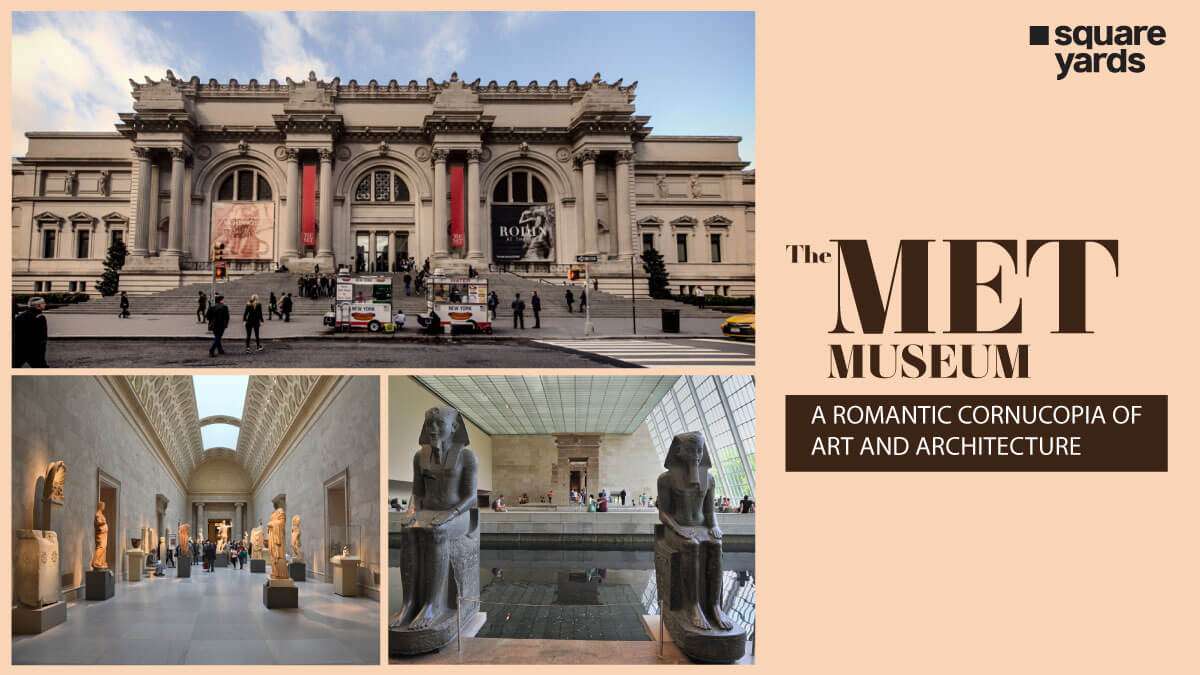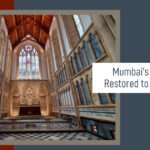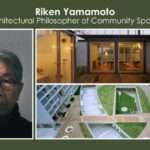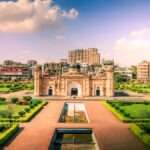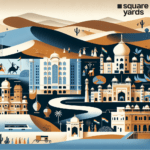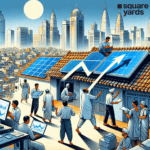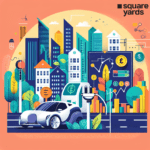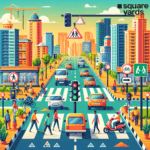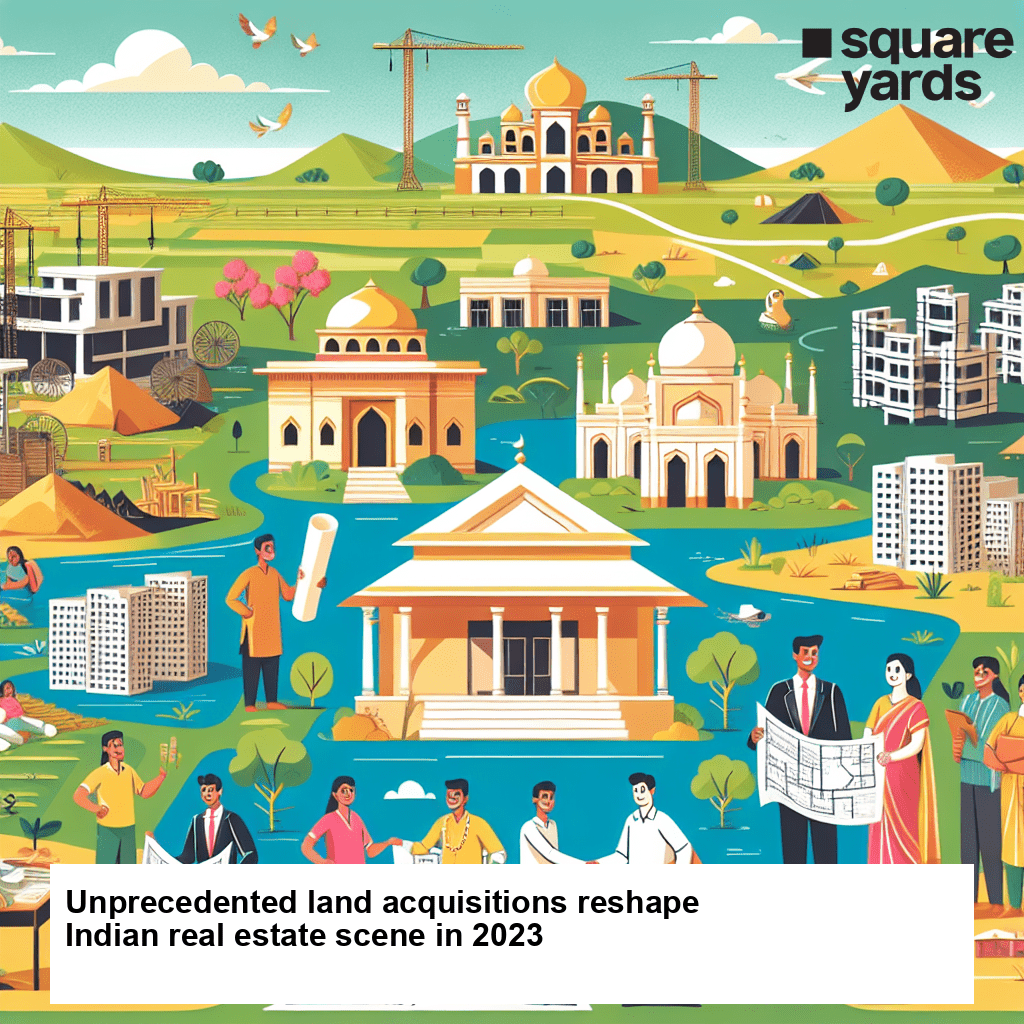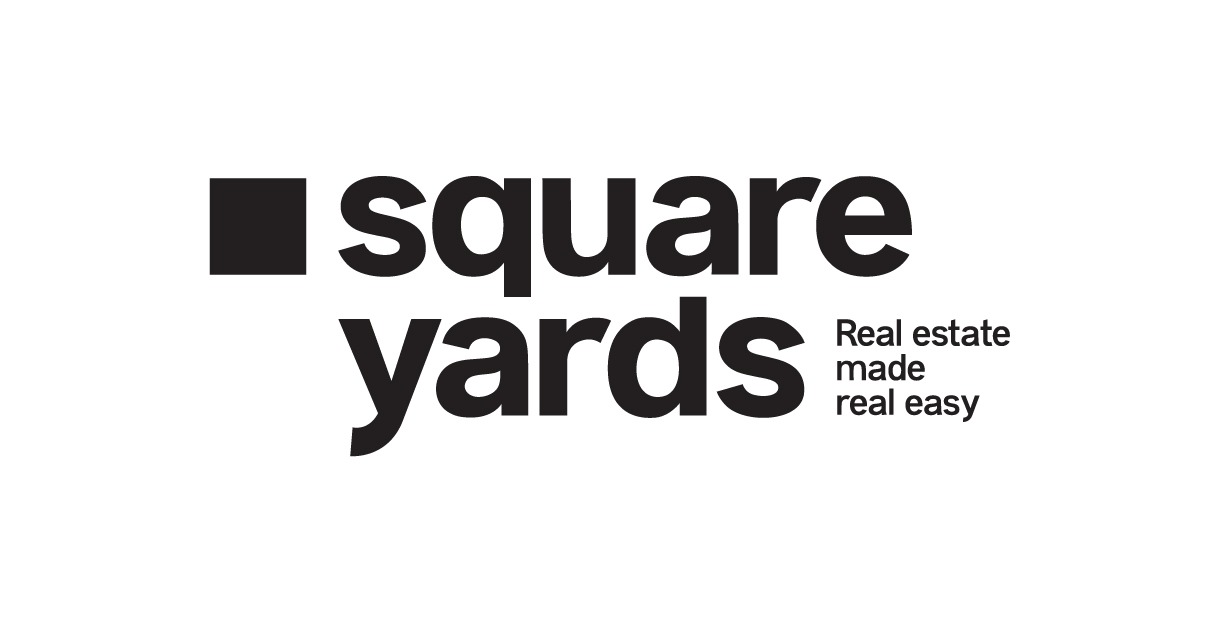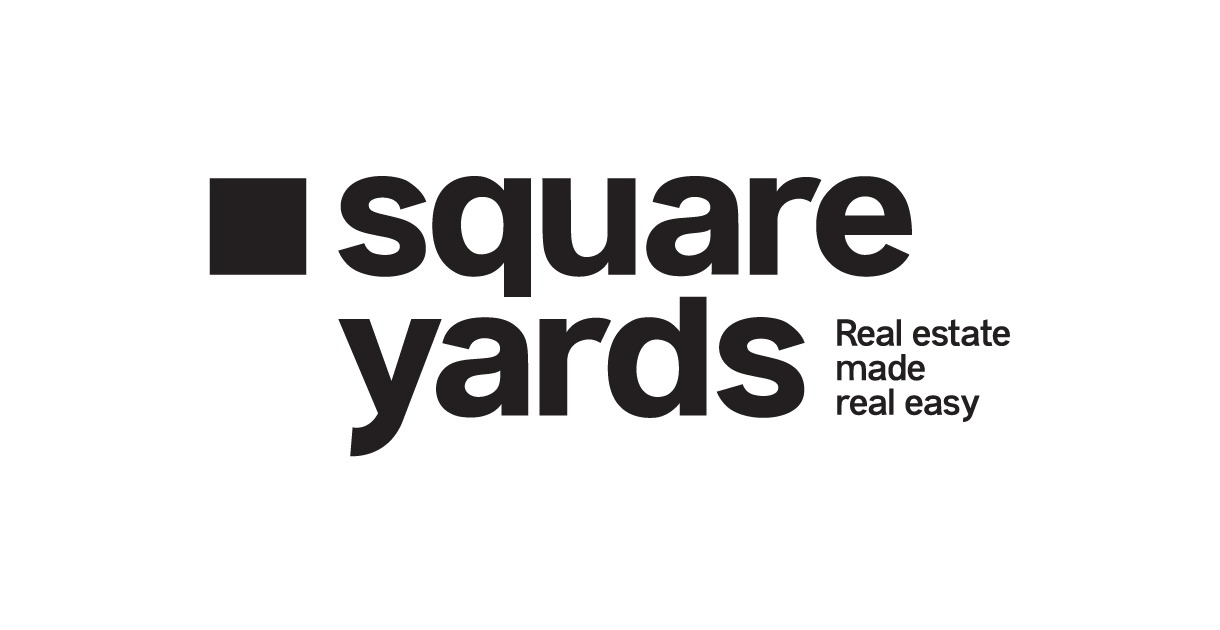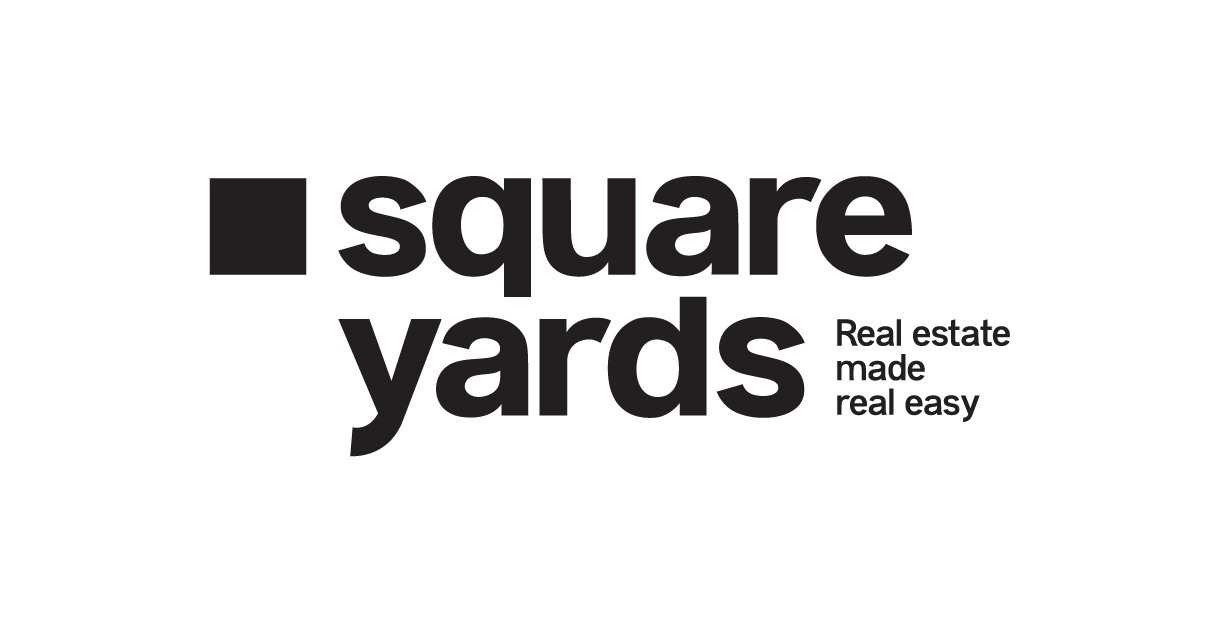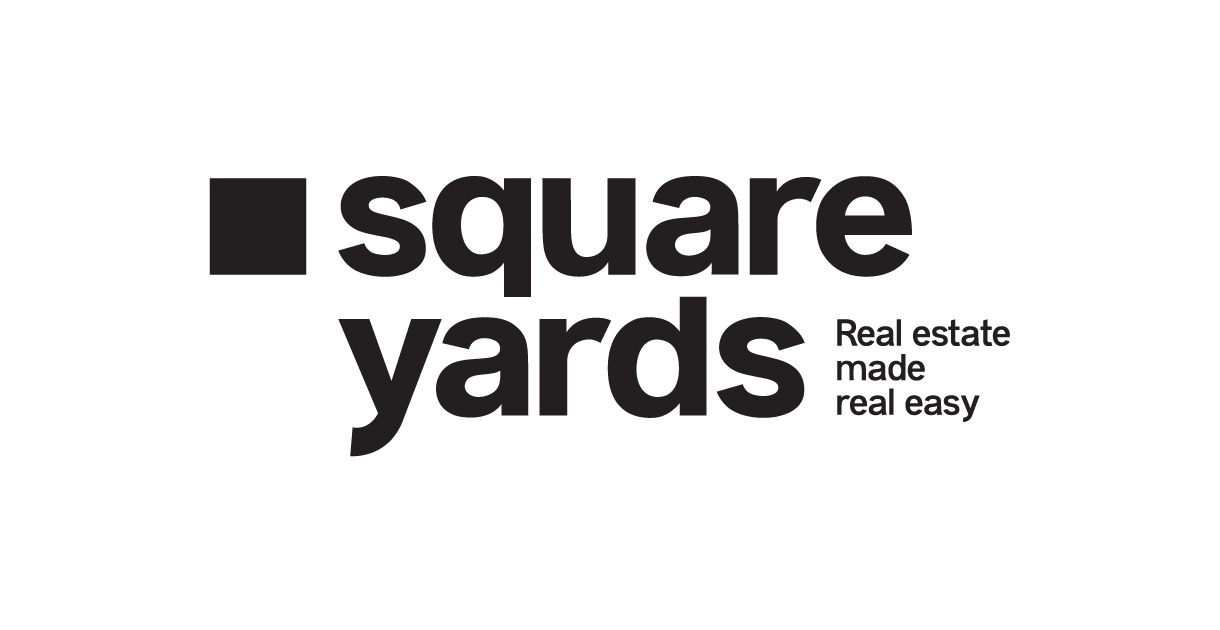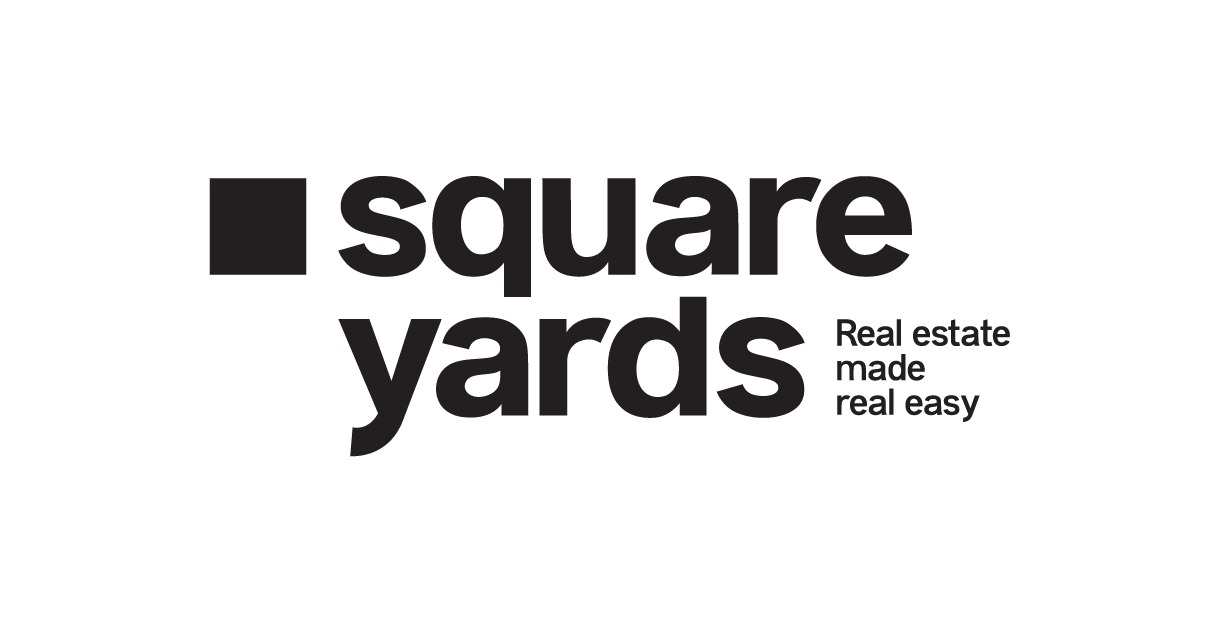“It is a palace of art, truly, that sits there on the edge of the park.”
– Henry James, 1904
While we are all aware of the star-studded Met Gala, the Met Museum might still be a mystery for us. Amidst the humdrum of the 2022 Gala of “Gilded Glamour and White Tie”, the museum sits pomp and still in the backdrop, somehow indifferent to the limelight.
Quoting the French Renaissance, the Metropolitan Museum of Art or simply the Met, transpires from the era of the 1800s in Paris. Paving the way for introducing the “national institution and gallery of art” in America, the establishment of the museum began with patronising the Roman sarcophagus in 1870.
The largest museum in the Western Hemisphere, the Met, is quoted as a romantic novel of epic proportions brought to life by skilled designers. It exhibits more than 5000 years of l’art across the globe for everyone to witness. The museum has two iconic sites in New York City and includes the Met on Fifth Avenue, the MET Cloisters and previously the Met Breuer.
In this article, let’s get acquainted with the enchanting architecture of three structures of the Met Museum that blend into the era of the art they restore and display.
Table of contents
Quoting the Antiquity of the Met
The Met Museum was made accessible to public at its current site on Fifth Avenue and 82nd Street on 30th March 1880 after making a momentary move to the Douglas Mansion.
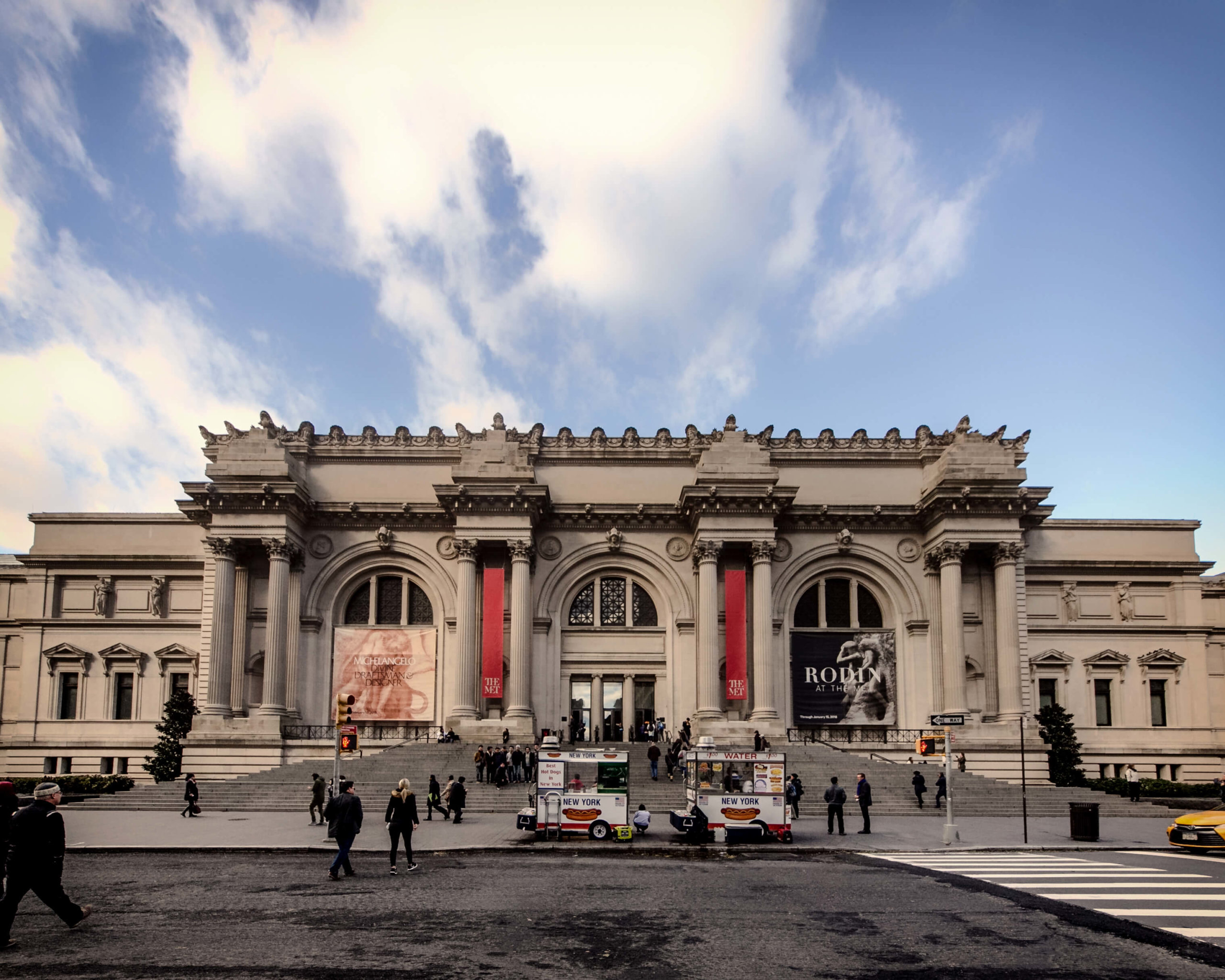
Flaunting its Gothic curves and stature, the museum stood tall, vaunting its west facade in the Robert Lehman Wing. The inceptive Ruskinian Gothic Architecture of the gallery was designed by the architects Calvert Vaux and Jacob Wrey Mould, which still glistens on the streets of New York.
Not only has the building grown, but all the inclusions made in 1888 completely embrace the structure now. The museum’s collection surged through the 19th century with the establishment of the Cesnola Collection of Cypriot Art, from the bronze age to the Roman period, making it the historical archive of all the classics.
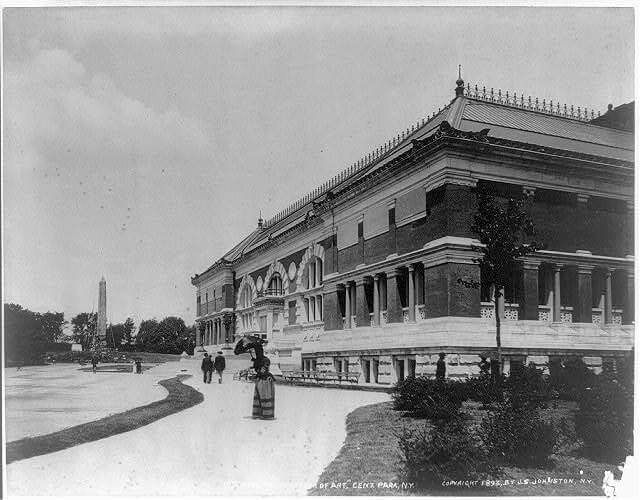
Source: Met Museum
By the time it aged to the 20th century, it had become an epitome of exceptional art centres. From being the first musée to evince the works of Auguste Renoir in 1910 to curating one of the greatest collections in the world, comprising 2,500 European paintings, the museum became a repository of art and culture.
Apart from paintings, the exhibit showcased diverse costumes, Asian art, European sculpture and decorative arts, Greek, Roman, medieval art, musical instruments, photographs, ancient Near Eastern Art, Islamic Art and the Robert Lehman Collection.
With an elaborate architectural plan designed by architect Kevin Roche John Dinkeloo and Associates, the construction of the MET was completed in 1991. However, all these years are inclusive of the additions made to the art gallery.
In 2007, the South end of the building embraced reinstallation of the Roman and Greek art exhibits, followed by foregrounding Oceanic and Native North American suites. Later, it also took in the diverse and revered art from Central Asia, Turkey, Iran and South Asia.
In 2012, it espoused the paintings, sculptures and decorative arts from the New American Wing Galleries. Coming to 2021, the museum glistens with the Fifth Avenue facade tinted in the Lenapehoking (the homeland of the Indigenous Lenape people).
see also@ Jhansi Fort: The Epitome of Bravery Queen Lakshmi Bai
The Architectonic Grandeur of the Metropolitan Museum of Art
The Metropolitan Museum of Art is not just a single building located on Fifth Avenue, overlooking Central Park. Celebrating art ostentatiously, the Met has two other structures, namely the Met Cloisters and the Met Breuer. Let’s have a look at each of their artful architecture below.
The Met Museum on Fifth Avenue
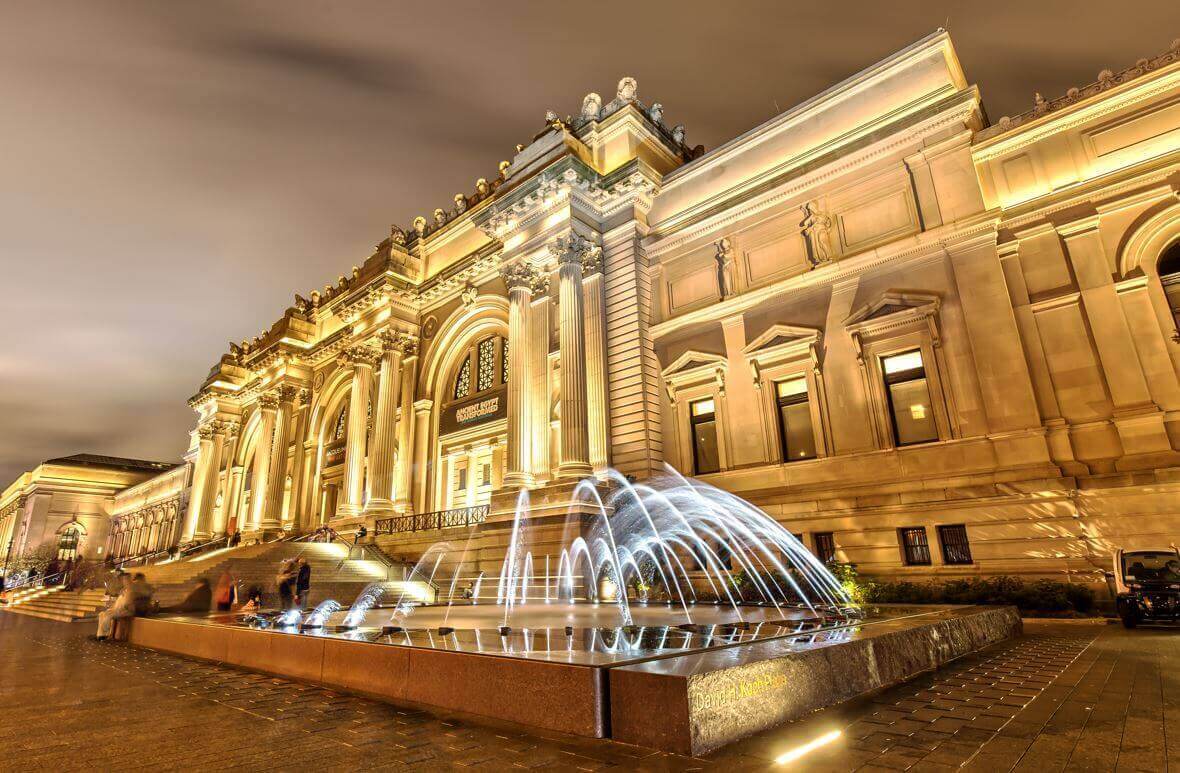
Spellbound by the art and culture exhibit in the museum, visitors cannot repudiate the glorifying architecture of the MET. It is a mystique circumference of Neoclassical and Gothic architecture, complementing the art treasury.
Laying paramount focus on the exhibits and galleries, the designers worked with intricacy to implement the inspirational architectural styles. For example, two out of the four staircases were conserved in their original Victorian Gothic architecture. The elaborate ironwork near the European and Medieval galleries enunciate the same.
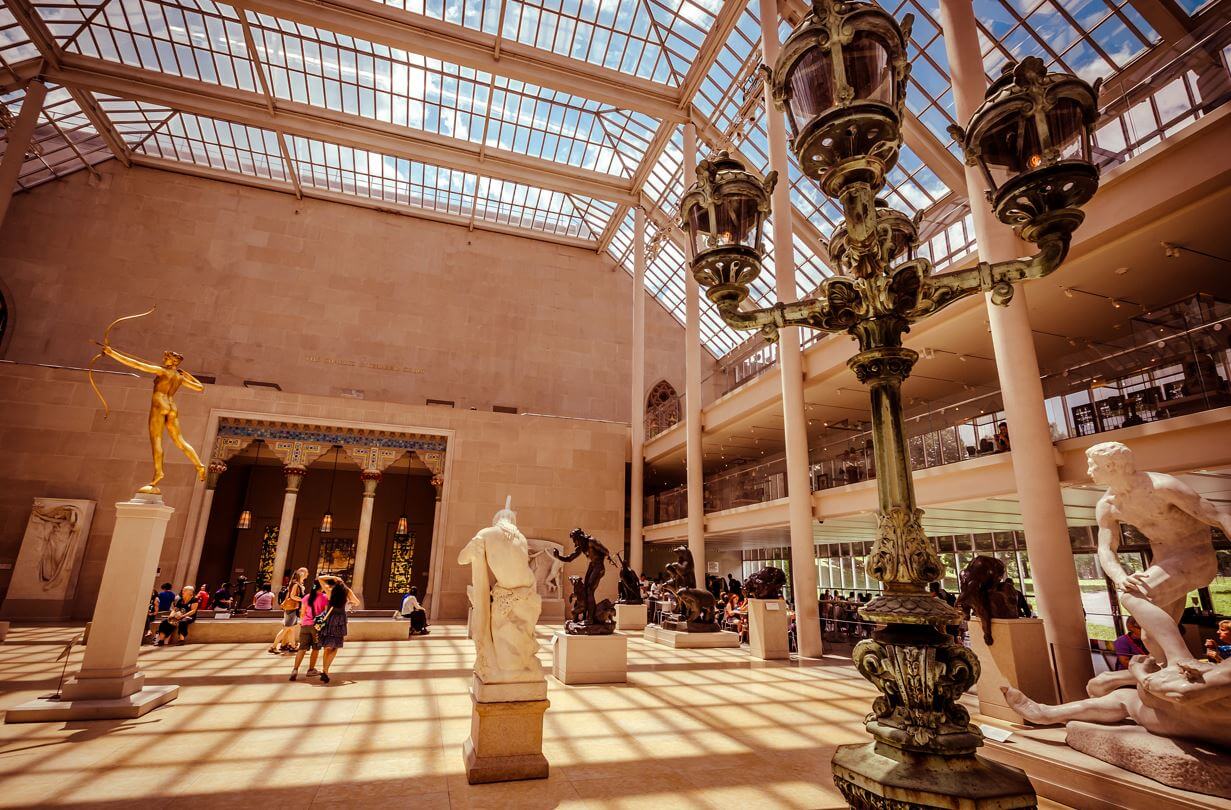
To restore and reflect the original architecture, segments of the museum were adorned with their era of origin. For example, the brick-arched space below the grand staircase was designed as a part of the foyer, quoting the Byzantine Art. Whether it’s the granite arch rendering the Gothic revival or the South facade chanting Theodore Weston’s classical, the MET is an embodiment of these amalgamated architectural styles.
Growing and transforming through the diverse and rich eras of history, the museum absorbs their structural inspirations and warbles them into an enchanting neoclassical romance. It is a spellbound novel, embodying the symmetrically graceful pillars from ancient Greece, ornate arches from the Victorian era and ceilings from Roman architecture.
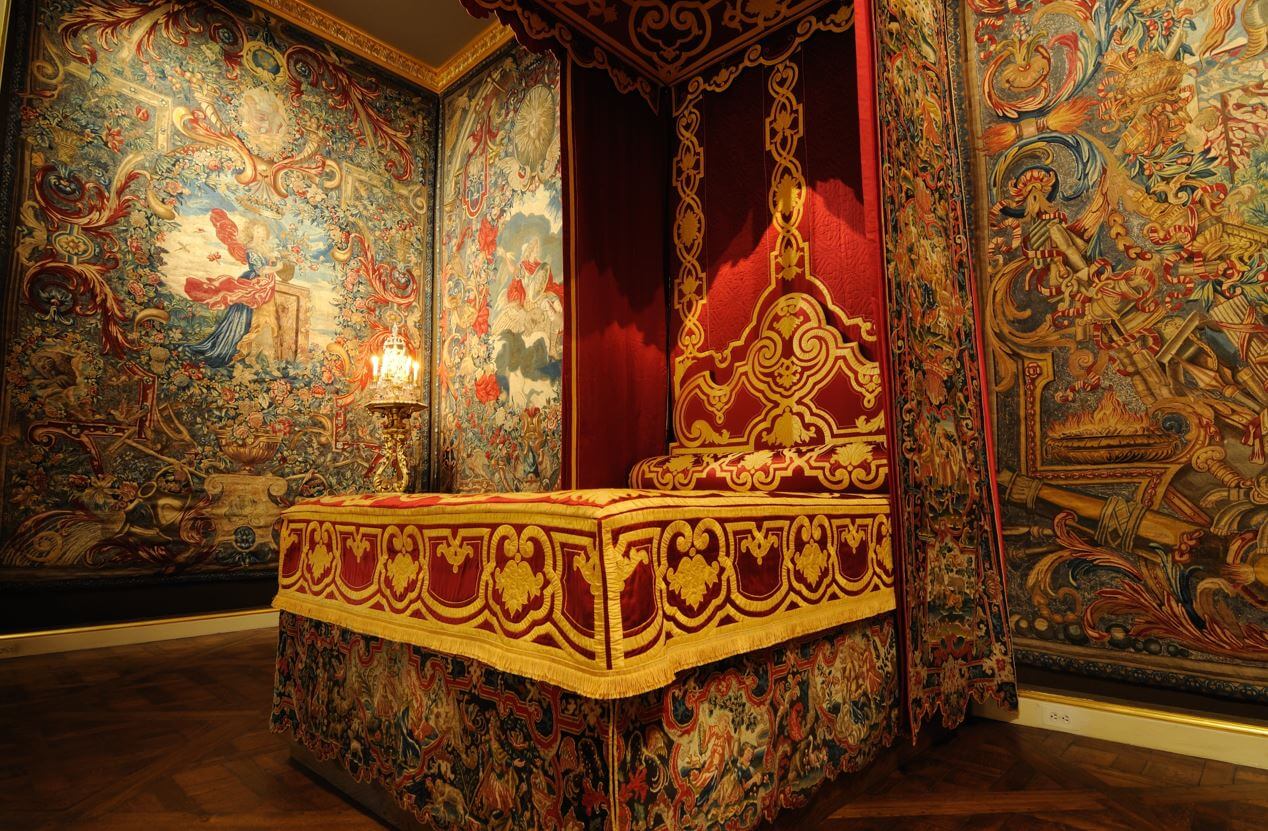
With every gallery comes a new page refashioned in the Met according to the era being exhibited. However, the museum has adopted technologies to showcase the exhibits embracing art and culture in modern times.
The Met Cloisters
If you ever want to go back in time to the midsummer era of medieval dreams, visit the Met Cloisters located in Fort Tryon Park, 99 Margaret Corbin Drive. Quintessential to the Met’s style, the structure conforms to the idea of art within art.
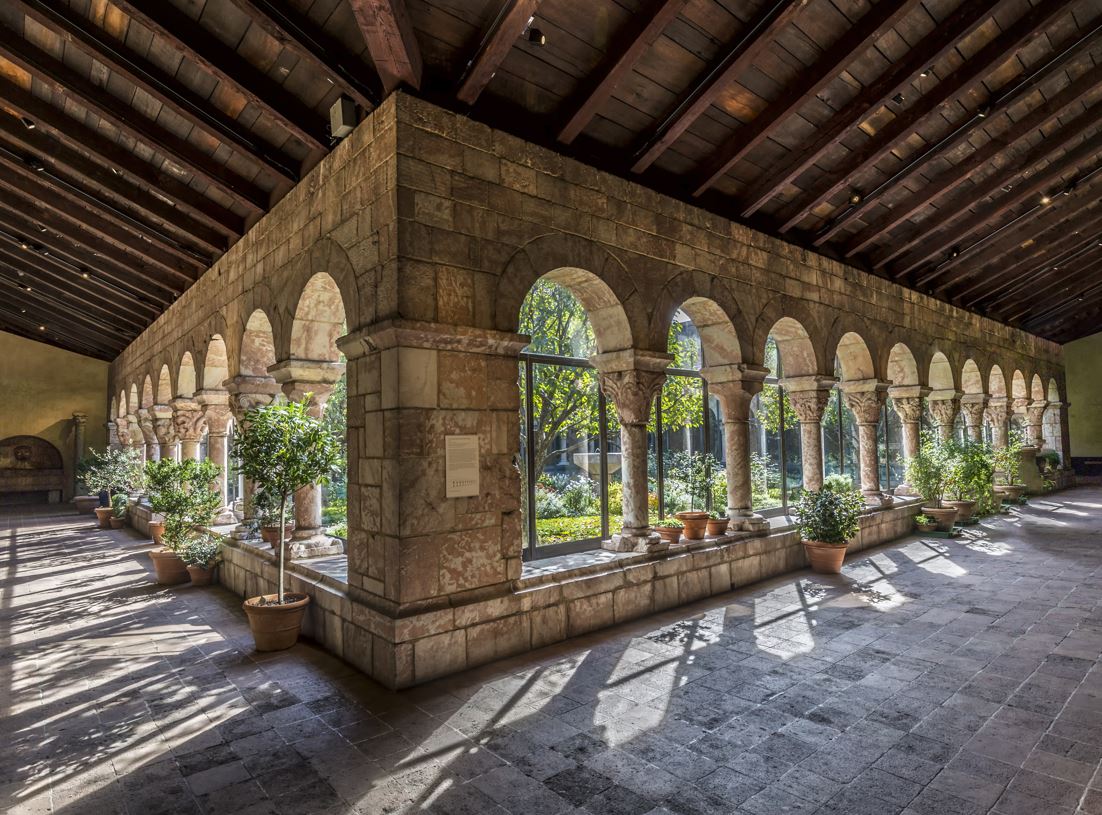
A cloister itself is an architectural element predominantly found in medieval churches as a covered passage surrounding a garden ornamented with old-world arches.
Designed to depict a castle straight out of the Middle Ages, the Met Cloisters exclusively celebrates the mystical medieval charm through the period’s art and architecture. Along with various paintings and murals of the era, it depicts the variations in structure in a monastery, castle, church and portal (church doorways ornate with ethereal sculptures).
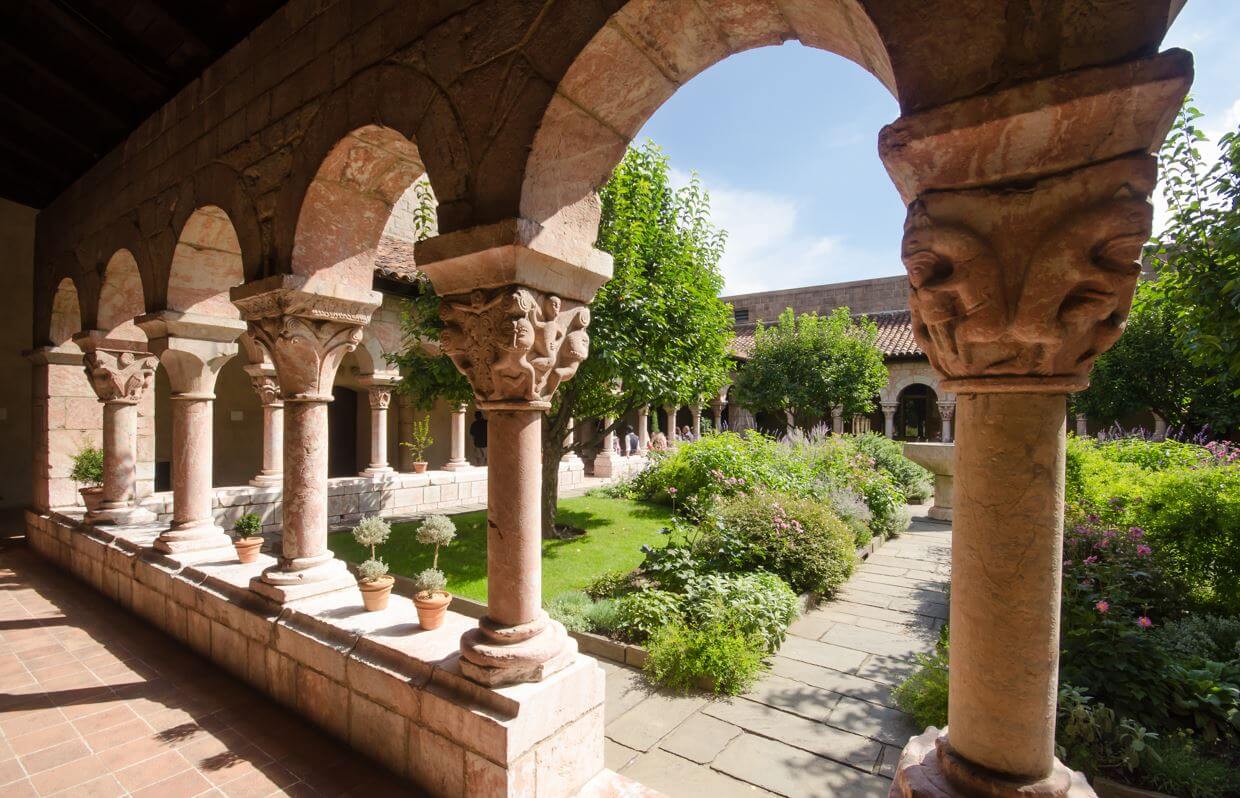
Its beauteous form further blooms with the presence of luminous gardens adorning exotic flowers, herbs and plants. Cultivated and designed to invoke your senses, the mesmerising gardens at the Met Cloisters explore the four aspects of adventure, paradise, fantasy and teaching.
The Met Breuer
While the Met Cloister looks back into the past, the architecture of the Met Breuer takes you into the future. Designed by one of the iconic architects of the 60s, Marcel Breuer, the structure upholds the new modernity of the era via brutalist architecture inclining towards the “Minimalist impulse” of the time.
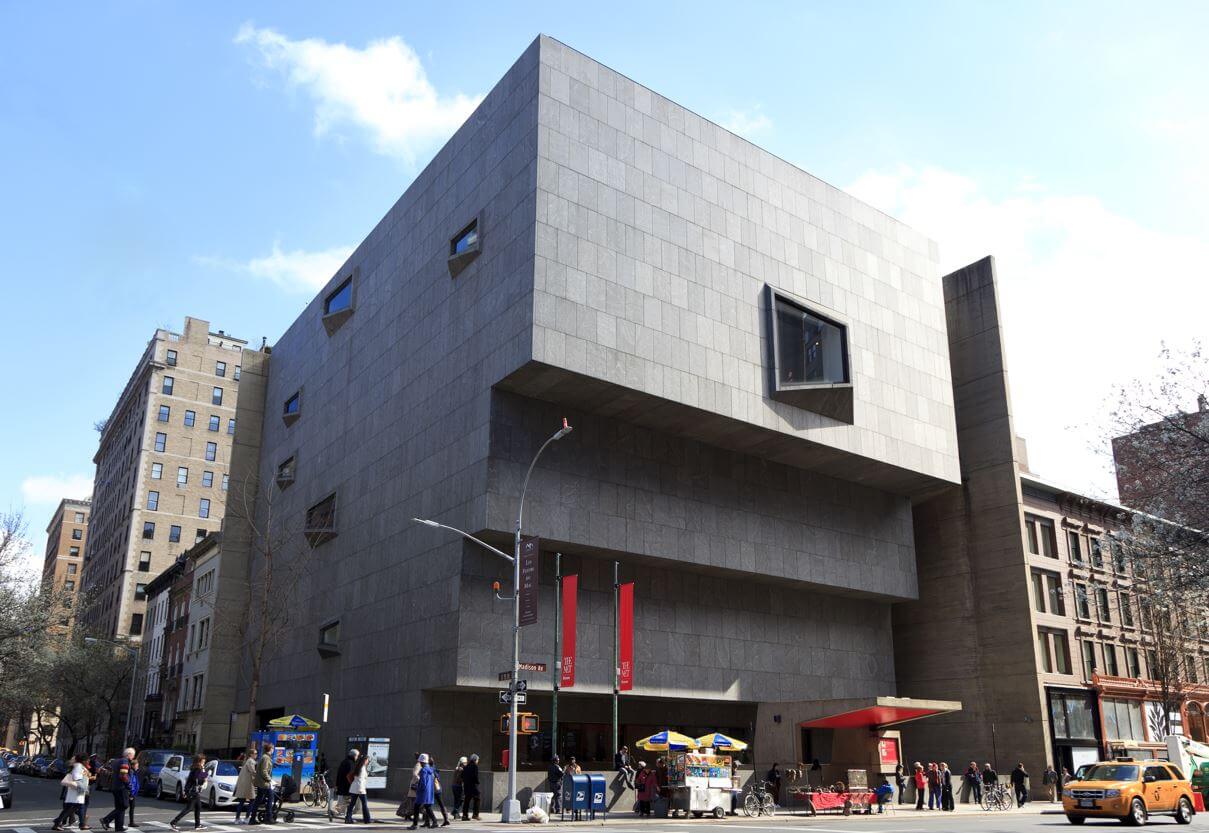
Instead of seeking inspiration from the past, he created an “inverted ziggurat” defying gravity wherein heavy structures loomed over the street without encroaching any neighbouring zones.
With a façade flaunting flame treated granite, the concrete structure juxtaposes sharp, asymmetric shapes to produce a jarring yet artsy contrast, invoking the unique element of twentieth-century art.
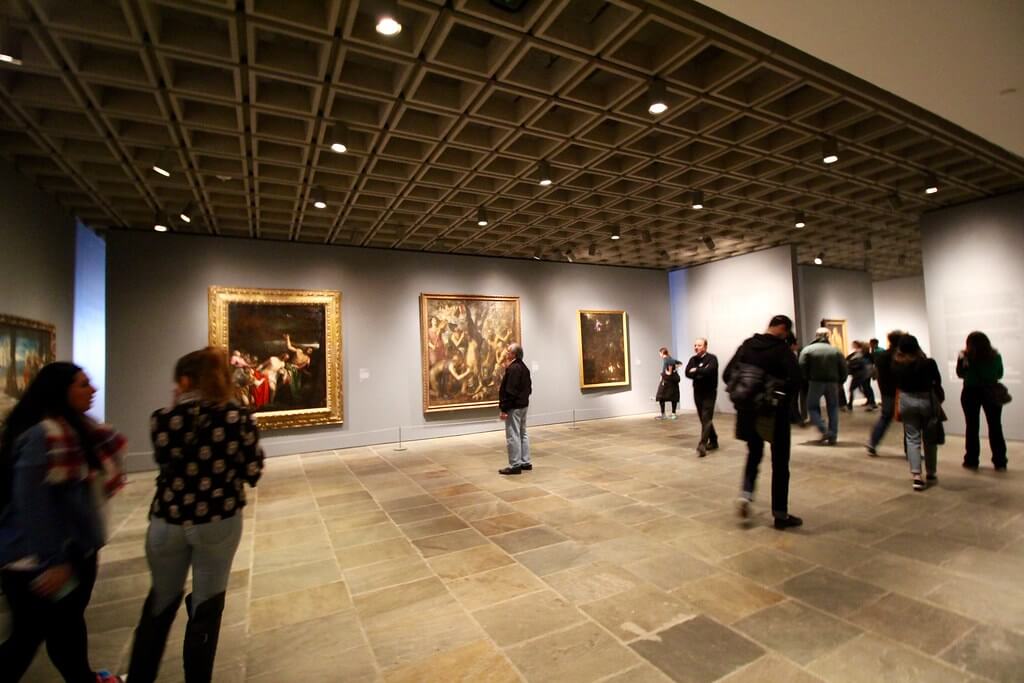
Source: Flickr
Originally a restoration project, the Met Breuer was the Whitney Museum of American Art located on Madison Avenue at 75th Street. When the Met took up the $600 million restoration project in 2016, it not only revamped the building, keeping its intrinsic essence intact but also used it to display modernist and contemporary art.
Although it was planned to be under Met’s lease till 2023, post-pandemic, it did not reveal any reopening dates, hinting at giving it to the Frick Collection in 2020.
Metropolitan Museum IG’s Profile@ https://bit.ly/3N2kunF
The Jaw-Dropping Met Collections
The permanent collection of the MET museum is a coalescence of seventeen departments. Apart from that, there are six dedicated conservation departments and a separate Department of Scientific Research.
The enclasped collections have been listed below:
Asian Art
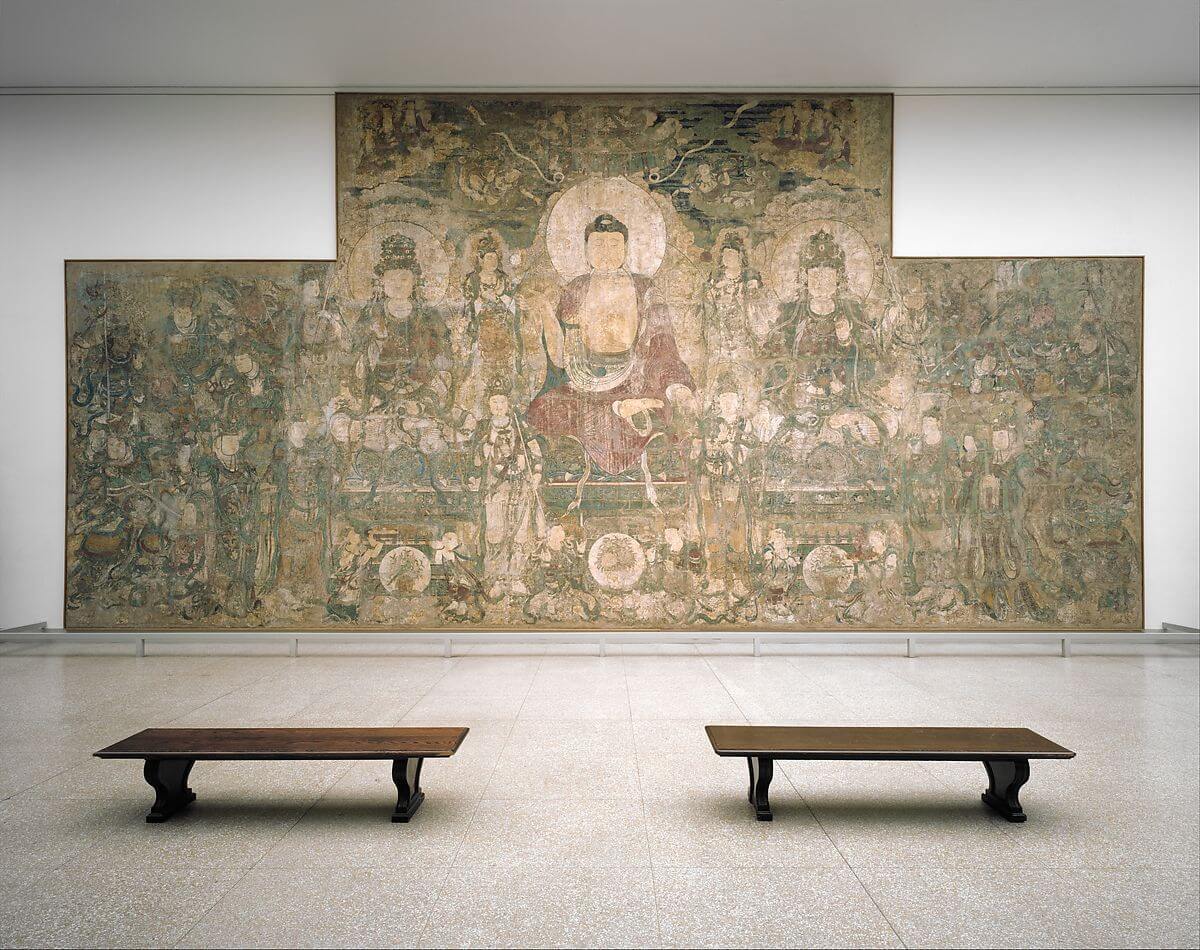
Source: metmuseum
The Asian department of the museum envelops a collection of more than 35,000 pieces. Not only is this one of the most elaborate collections in the US, but it is also an early era conglomerate. From decorative art and painting to metalworking, sculptures, calligraphy, and more, the Asian wing dawns 4,000 years of art and artefacts in its gallery.
European Art
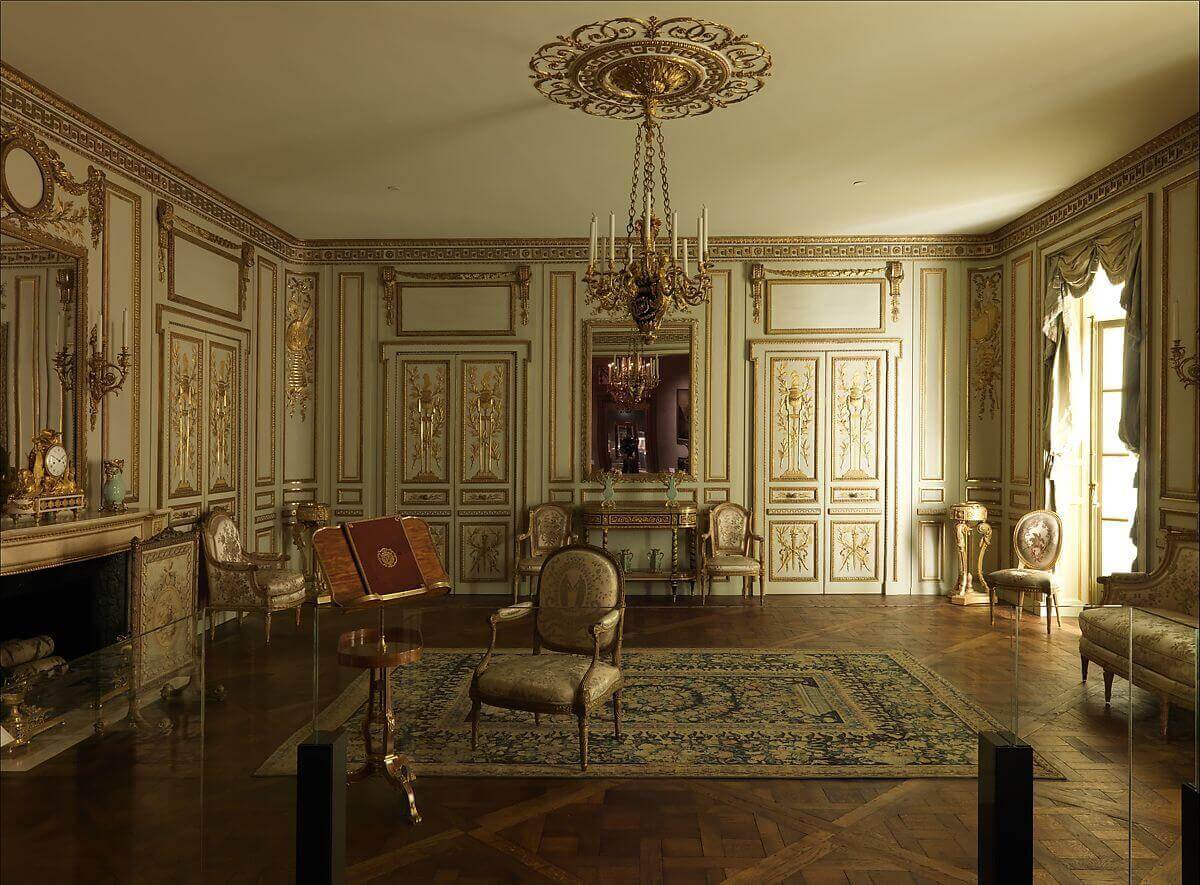
Source: metmuseum
The MET museum encapsulates approximately 1700 European paintings along with one of the most comprehensive collections in sculpture and decorative arts. Scintillating with the Renaissance, the museum holds 50,000 pieces from the 15th century to the early 20th century.
Greek and Roman Art
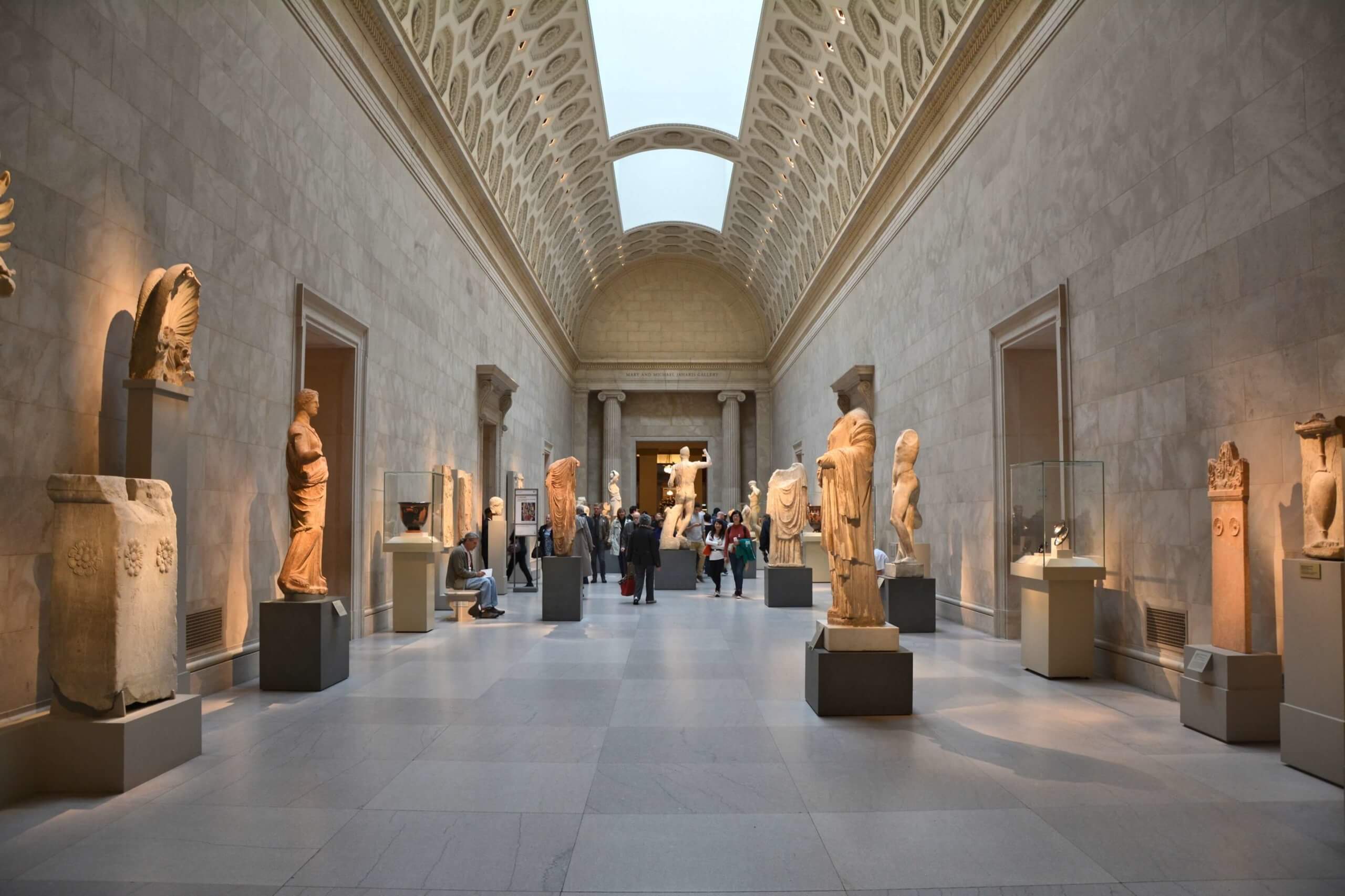
Circling back to its roots, the museum’s exhibit was brought to life with the installation of the Greek and Roman collection, peering through 17,000 objects. With the growing technology, MET has engaged various digital assets that broaden the ingress of the museum. For example, there are more than 33,000 Roman and Greek pieces that can be referred to in the Met Digital Collection. This can be approached by any search engine.
Costume Institute
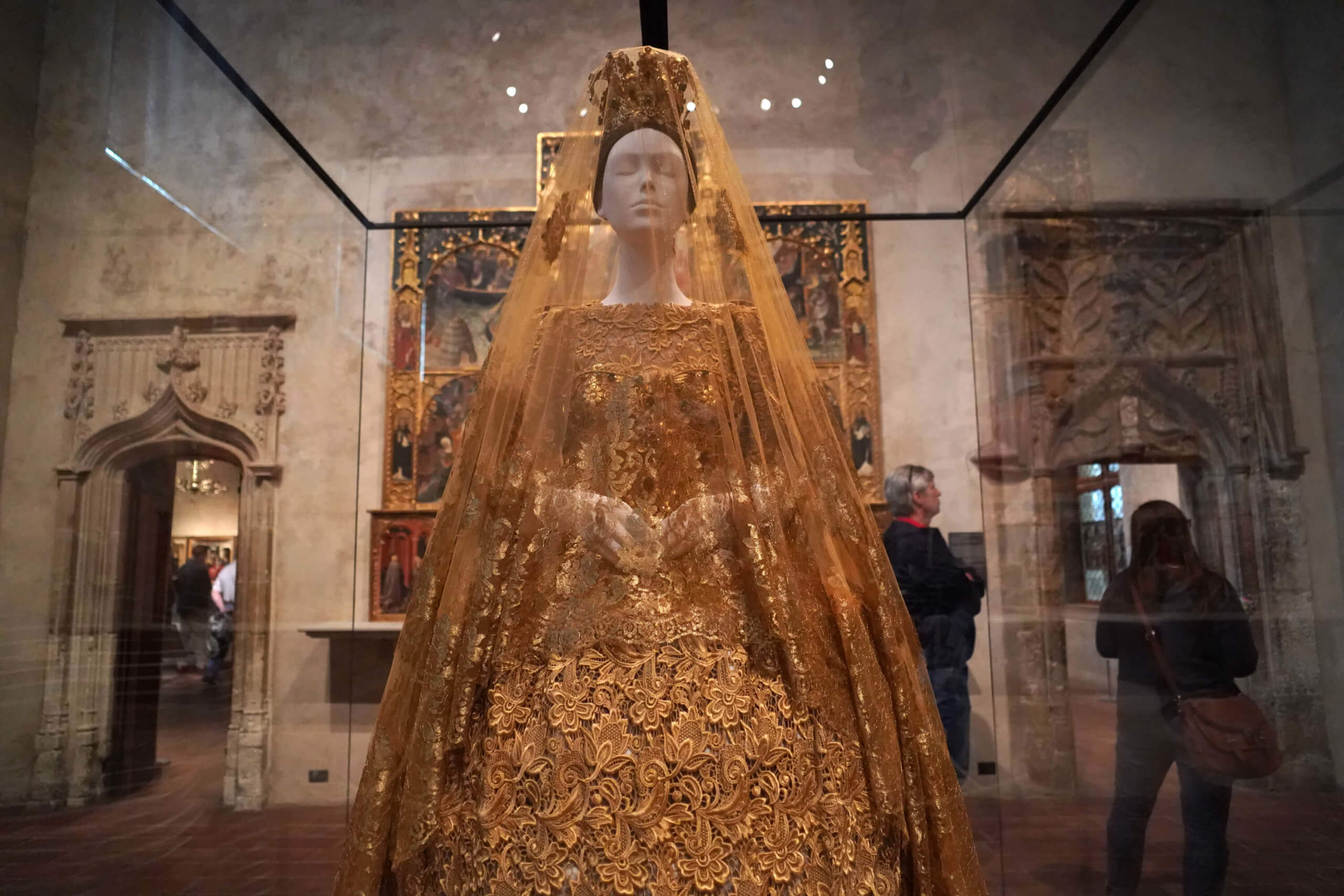
In 1946, supporting the fashion industry, the Museum of Costume Art, founded by Irene Lewisohn and Aline Bernstein, joined forces with the Metropolitan Museum of Art as the Institute of Costume, resulting in a curatorial segment.
The Costume Institute set up its permanent gallery in the basement area of the MET, brainstorming ideas for novel collections. Although the institute doesn’t maintain an exhibit, the annual Met Gala becomes a visual exhibition, showcasing designer haute couture and subsuming diverse themes.
The Egyptian Art
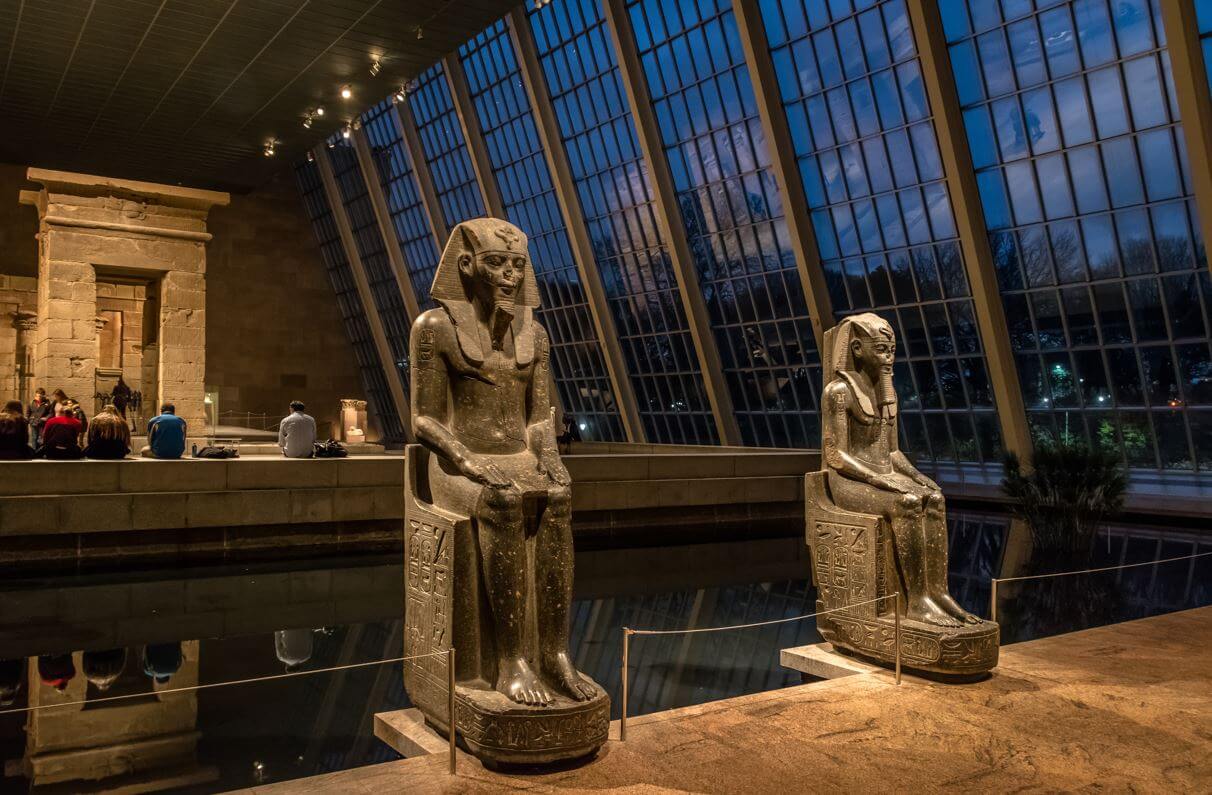
The Met collection of ancient Egyptian art is not just extensive but architecturally breathtaking. Dating from the Palaeolithic to the Roman period, the several galleries dedicated to the golden Egyptian era are adorned with over 26,000 items of historical and cultural significance.
The showstopper of this section is definitely the Temple of Dendur in the Sackler Wing that has been excavated, disassembled, transported and assembled in the museum. Roman emperor Augustus originally built the temple to venerate Goddess Isis. All art and artefacts in the Egyptian Art segment have been curated during the 35 years of excavation done in 1906.
The Robert Lehman Collection
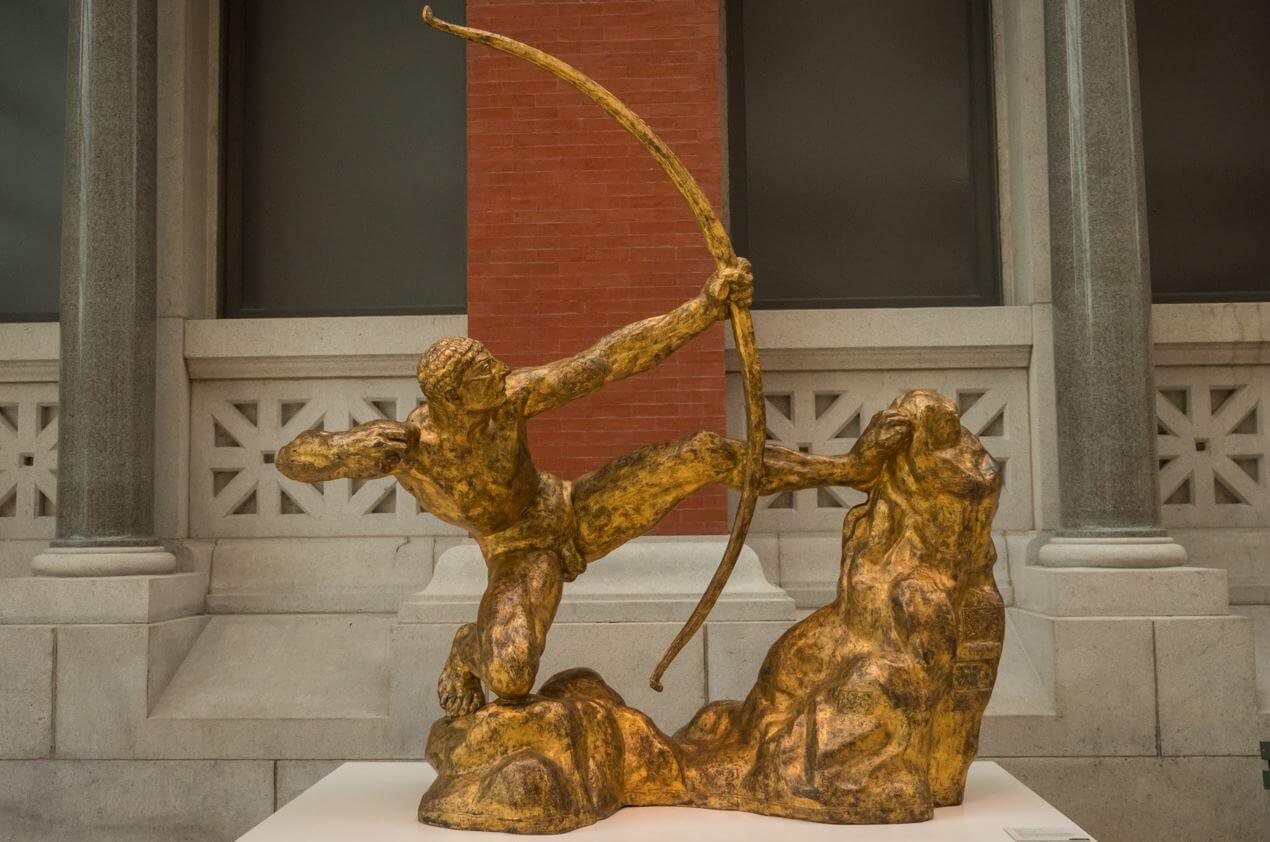
Robert Lehman was the first honourable chairman of the Metropolitan Museum of Art. Continuing his father’s work of art collection for over six decades, Lehman contributed the same to the Met.
Today, there is a separate section in the museum named after him, comprising 2,600 rare items of western European art spanning from the 14th to the 20th century. From drawings, paintings and sculptures to antique frames, bejewelled objects and maiolica, the gallery is a gorgeous amalgamation of long-forgotten artworks.
Modern and Contemporary Art
Showcasing approximately 13,000 artworks by European and American artists, the modern collection of art spans 60,000 square feet. Quoting artists and fathoming their works, the museum pins inspirational contemporary paintings in the American and European paintings departments.
Other collections in the MET include the American Wing, Arms and Armour, Drawings and Prints and Musical Instruments.
see also@ Laxmi Vilas Palace: The Largest Personal Residence in India
The Met Libraries
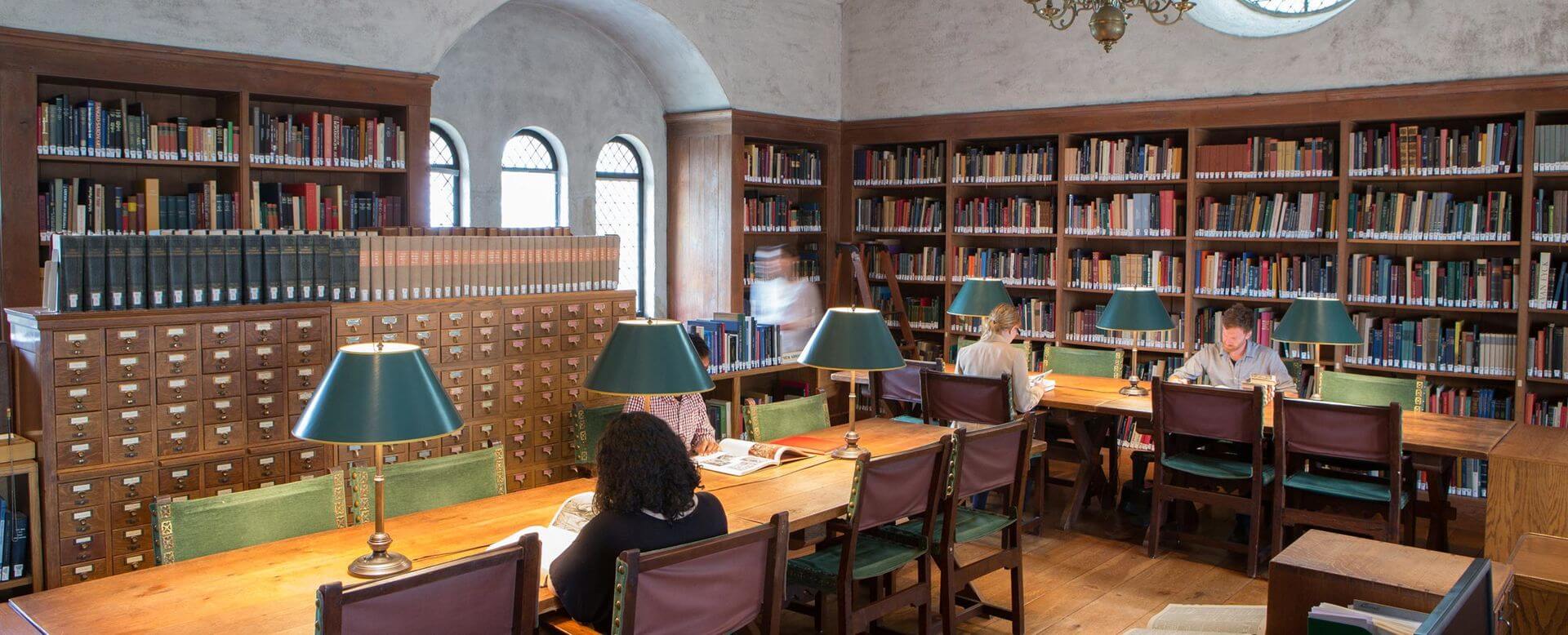
Source: Met Museum
A museum without a library is as incomplete as a canvas without a painting. And the encyclopaedic museum of the Met is no different. After its extensive art galleries, it’s time we take a quick look into some of its noteworthy and wondrous libraries.
- Thomas J. Watson Library is one of the most extensive and exhaustive art libraries worldwide, housing one million volumes of online and digital collections ranging from the late 15th century.
- Nolen Library accommodates a collection of 8000 items, organised in books, DVDs, videos and open shelves, accessible to the general public. It also encompasses a reading room for the children and teachers.
- The Costume Library is part of the museum’s Costume Institute, housing more than 30,000 books, 700 periodical titles, and 1,500 designer files. All these resources contain chronological records of global fashion and clothing dating back to the 16th century.
- The Robert Lehman Collection includes not just an art gallery but also its own library with more than 23,000 books on the Italian Renaissance, chronological records of the evolution of manuscripts and the history of Siena.
- The Onassis Library holds over 12,000 volumes of rare Greek and Roman Art study materials specialising in early archaeological literature, sculptures, vase paintings and more. Its materials are only available for research and accessible exclusively to students, museum staff and qualified researchers upon special permits.
A Sweet Surprise Amidst Greco-Roman Sculptures
View this post on Instagram
Rihanna’s recent post on her Instagram emanates her expression after being awarded a tribute at the Met Gala, 2022, in the form of a marble sculpture. The statue embraces the silhouettes of the iconic singer during her pregnancy. However, the fans won’t be able to see the statue physically with their eyes to settle it in, as it exists on the other side of the digital realm. Placed amidst the rest of the prominent figures in the Greco-Roman gallery, the sculpture of Rihanna wouldn’t mind stealing glances.
Ought to Turn Your Heads
Caressing the bequeathed European and Victorian attributes, the MET museum is a glorified ensemble paying homage to the art and culture that has ever lived. Segregated into galleries, the bays not only quote the appreciation of the timeless eras but creates the most ethereal experience for the visitor to take back. While the Met Gala is an obvious head-turner, the trifecta of the Met Museum itself is no short of a spectacle.


